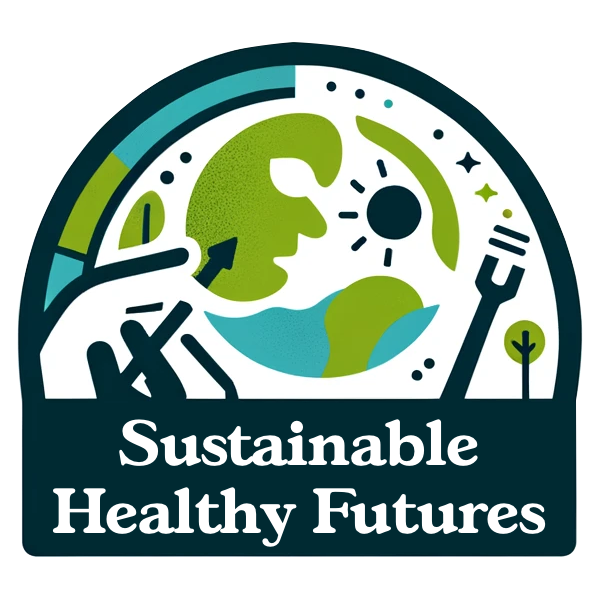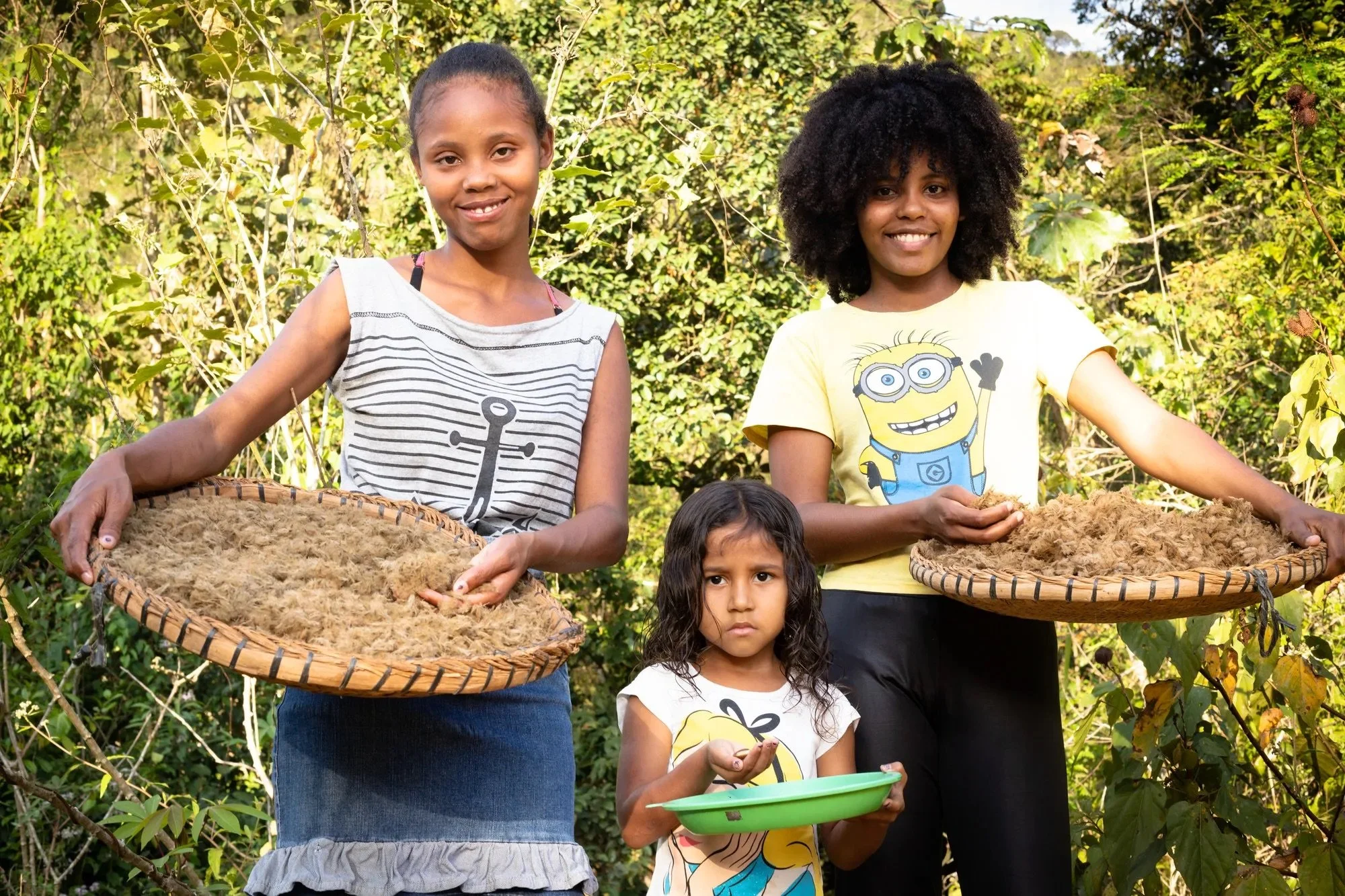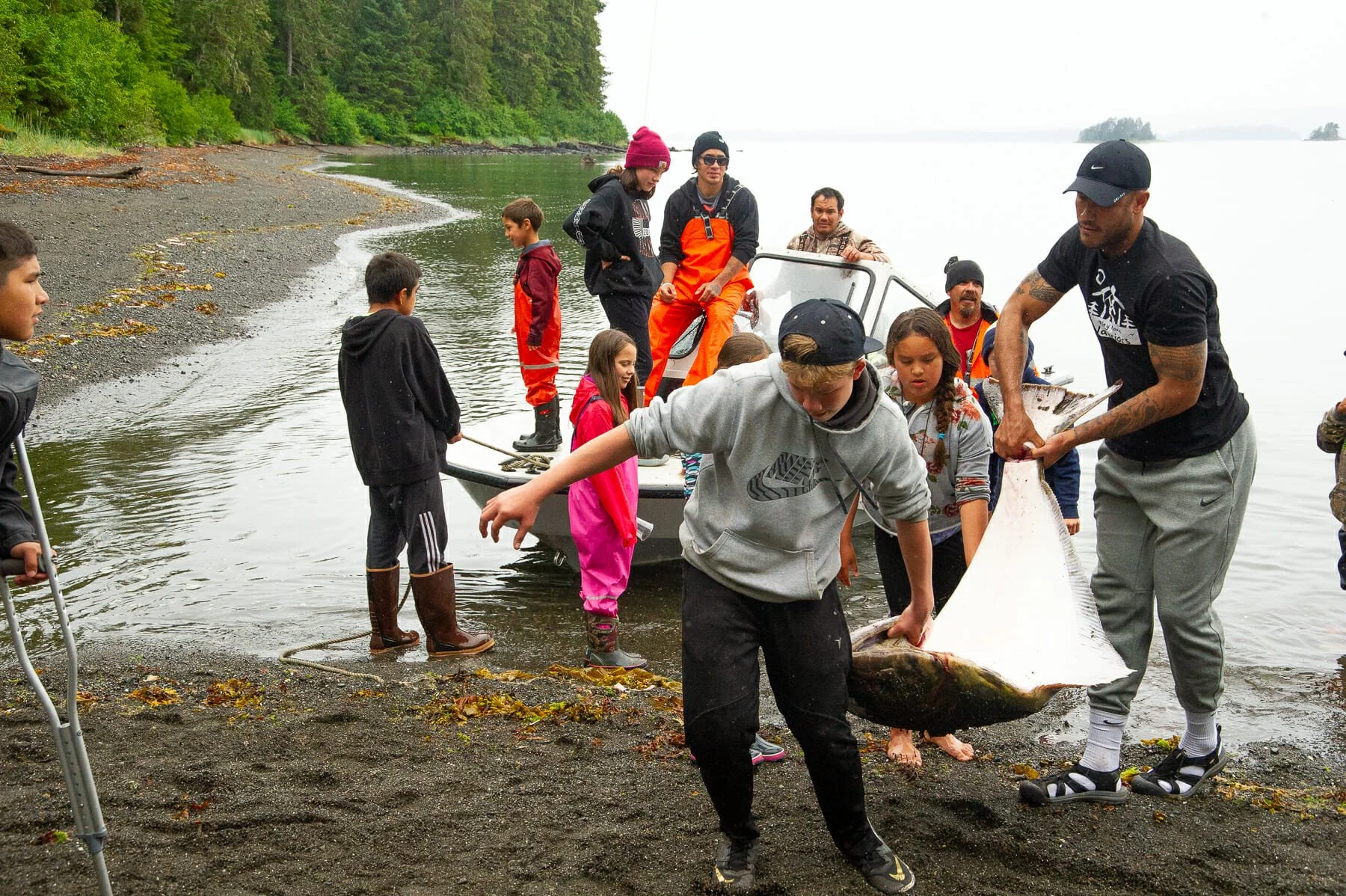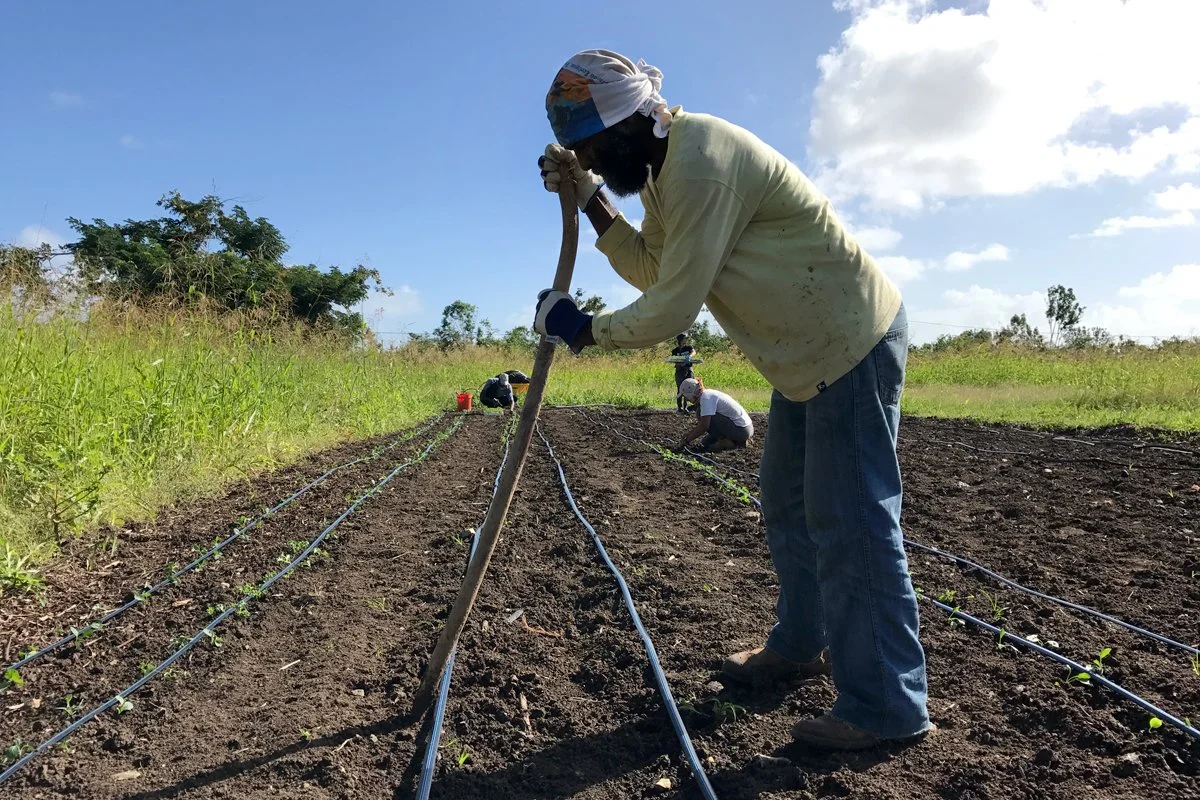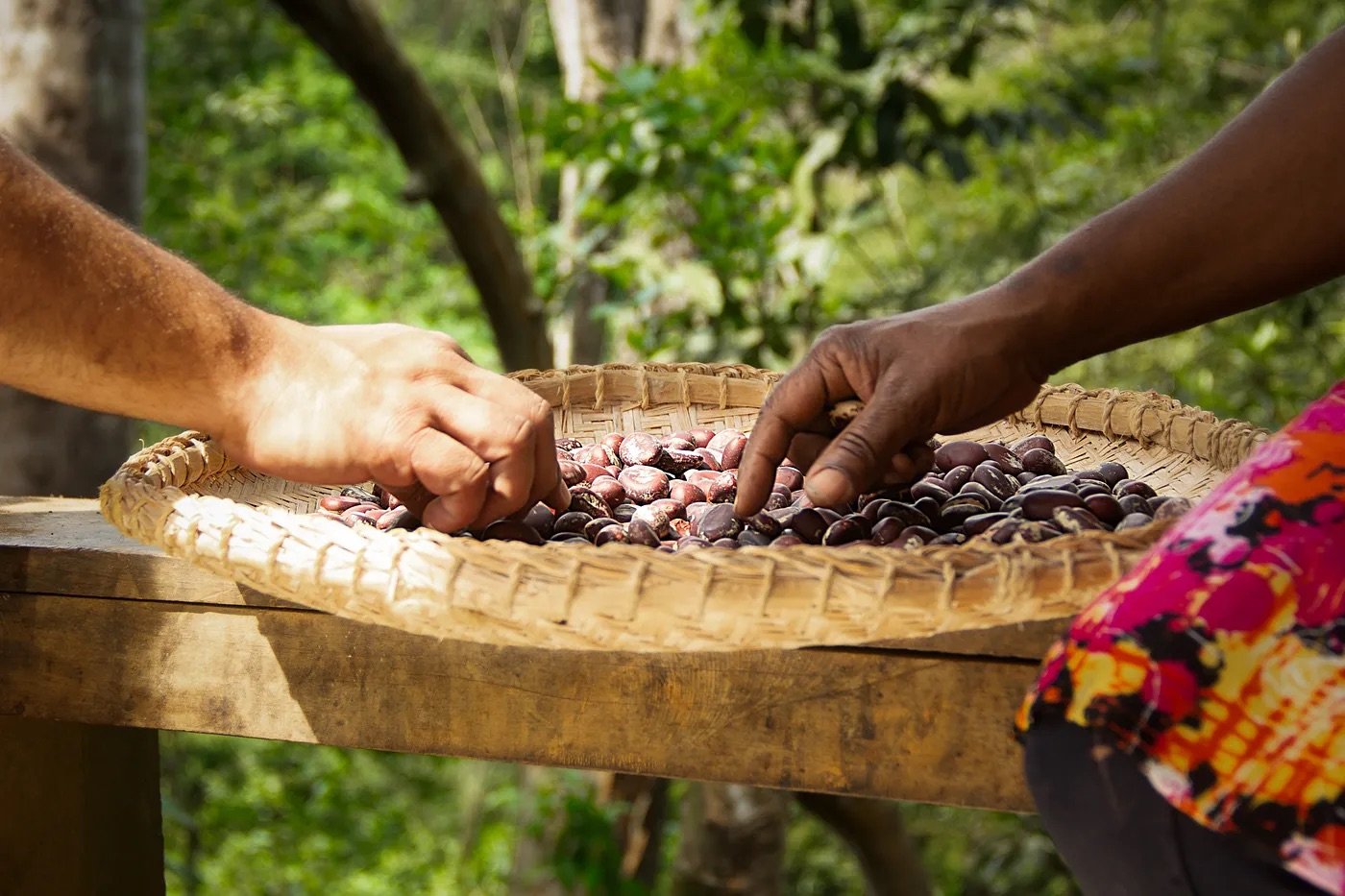
Inspiring, community-led climate adaptation work around the globe.
Looking at new ways to shape global climate finance to flow directly to the communities most in need.
The vast majority of climate adaptation funding is top-down. The UNEP Adaptation Gap Report 2023 claims that only 5-6 percent of climate adaptation projects are community-led. We spoke with communities around the globe that are operating direct community-led climate adaptation programs that intersect with health equity and structural and historical harms to better understand their nature.
Vale de Ribeira Quilombos
On constitutionally recognized land, the Vale de Ribeira Quilombos are working to actively reclaim their traditional agricultural practices and cultural heritage by fostering food sovereignty and resilience while growing cultural and economic throughout the region.
The Organized Village of Kake
In the face of massive systems disruptions caused by a changing climate, the outbreak of COVID-19 added a catalyst to the disruption of the Village of Kake’s ability to provide food to its members. To combat this, The Kake Tribal Heritage Foundation was awarded a grant to implement a hydroponics program.
Organización Boricuá de Agricultura Ecológica de Puerto Rico
Utilizes support brigades to assist food producers in a grassroots, farmer-to-farmer approach to share knowledge about agroecological farming and food sovereignty.
“Our biggest goal with this hydroponics program is to be self-sustainable. During the pandemic, the biggest issue with our rural community was not having something as simple as a head of lettuce on the shelf for weeks,”
— Ashley Padgett, Vice-President of the Kake Tribal Heritage Foundation
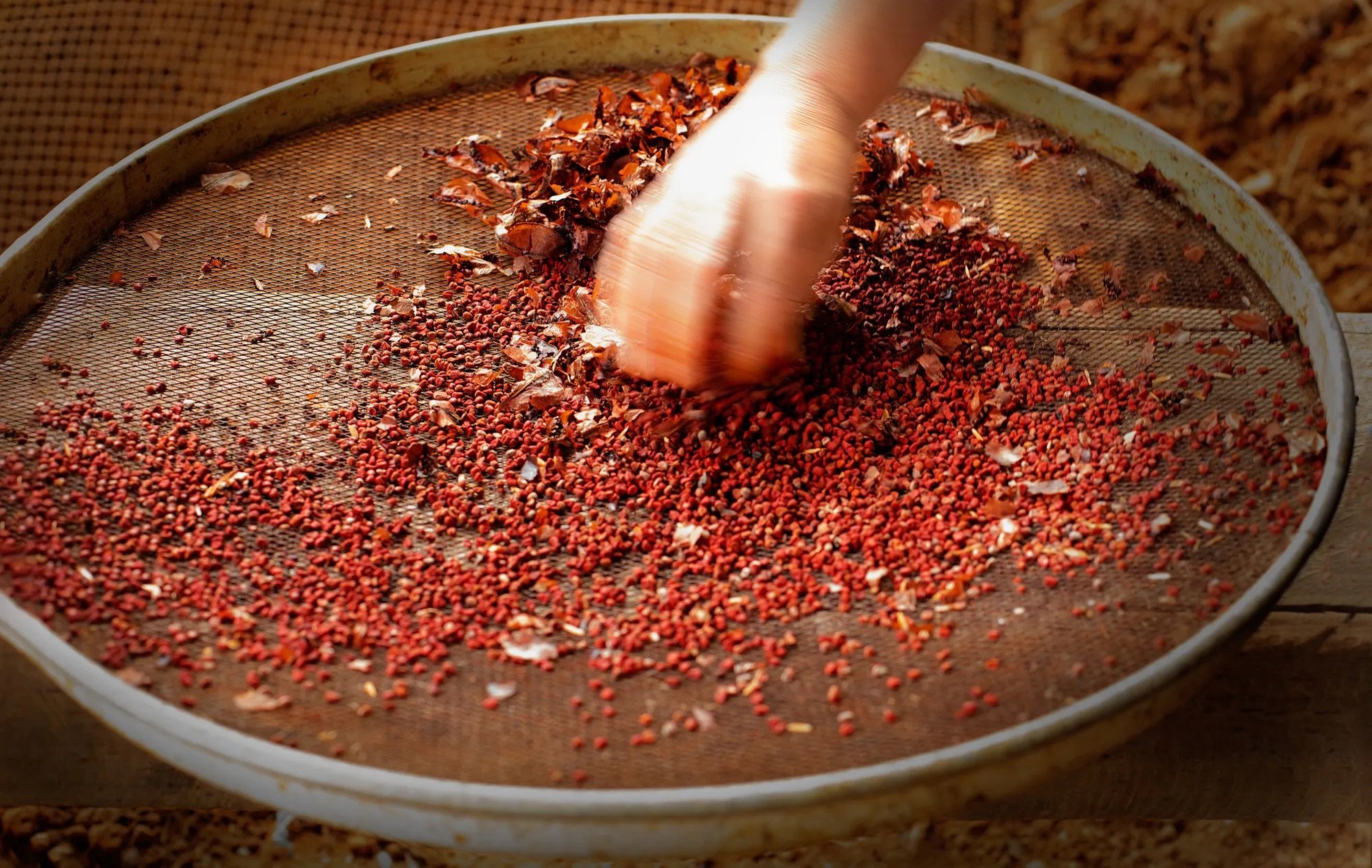
Contact
Feel free to contact us with any questions.
Email
Garin.bulger@rutgers.edu
